Red Banana Health Benefits: 10 Reasons To Boost Your Wellness
All the reasons why you must switch from the regular bananas to this variant ASAP.
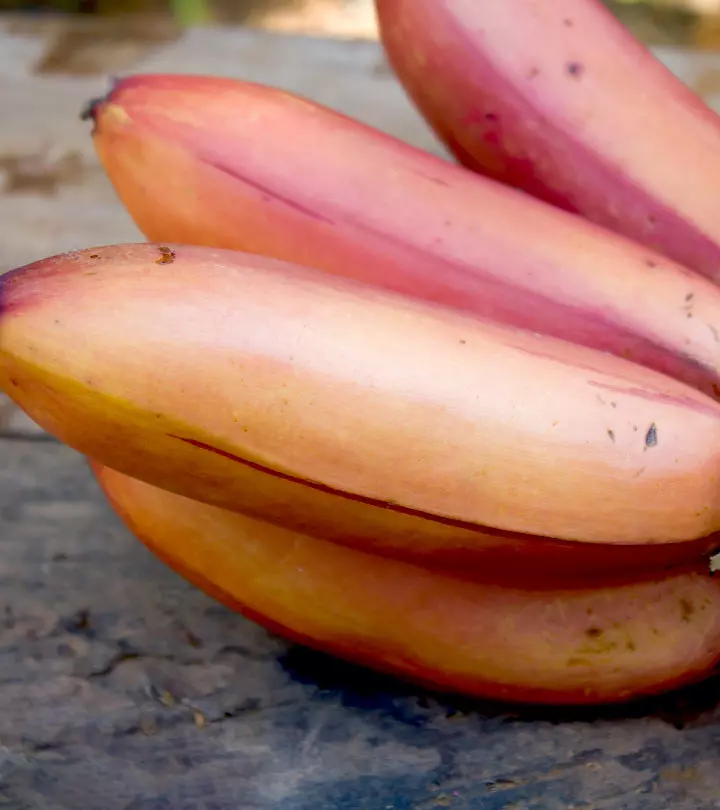
Image: Shutterstock
Red bananas are popularly known as “Red Dacca” and are scientifically called Musa acuminate. The benefits of red bananas can be attributed to their rich nutritional profile. They belong to a subgroup of bananas in Southeast Asia. They have a red outer peel and taste similar to raspberries.
 Did You Know?
Did You Know?These bananas offer an array of health benefits. They aid in digestion, lower blood glucose levels, and boost immunity.
This post discusses the many other benefits of red bananas and if they can be a perfect substitute for yellow bananas. Can they be a perfect substitute for yellow bananas? Continue reading to find out how a red banana benefits your health.
 Know Your Ingredient: Red Banana
Know Your Ingredient: Red BananaWhat Is It?
A banana with a red outer peel and that tastes like raspberries.
What Are Its Benefits?
It can help treat osteoporosis and kidney stones, improve immunity and digestion, and lower blood glucose levels.
Who Can Consume It?
Everyone can eat it as long as they are not allergic
How Often?
2 to 3 bananas a day is enough.
Caution
People on hypertensive medications should avoid eating red bananas.
In This Article
10 Red Banana Health Benefits
As per folk medicine, there are many ways red bananas benefit health. They may help in treating various issues, like kidney stones and osteoporosis.
They can also keep your energy levels high, being rich in nutrition.
 Fun Fact
Fun Fact1. Nutrient Rich
A medium red banana (100g) is 75 % water. It is low in fat and rich in fiber (2.6 g) (1).
- It is a rich source of healthy carbohydrates (22.84 g) and has a low glycemic index. It is a good source of instant energy that is released steadily into the bloodstream.
- It contains essential minerals, like potassium (358 mg), magnesium (27 g), phosphorus (22 mg), calcium (5 mg), and iron (0.26 mg). which helps in maintaining a healthy electrolyte balance.
- It contains essential nutrients, such as vitamin C (8.7 mg), thiamin (0.031mg), riboflavin (0.073 mg), niacin (0.665 mg), vitamin B6 (0.3 mg), folate (20 µg), and choline (9.8 mg).
- Antioxidants, such as beta-carotene (26 µg) and lutein + zeaxanthin (22 µg), are also found in red bananas.
- They are a great source of carbohydrates and contain a good amount of sugar. 100 grams of red banana contain 73.43 to 148.80 calories, making it a good source of energy (2).
2. May Help Manage Diabetes
Research has established that diabetes management is dependent on improving glycemic control
(3). Consuming foods with a lower glycemic index can help reduce the sudden spike of blood glucose levels (3).
A study observed that the low glycemic response of red bananas could be beneficial for individuals with diabetes. Red bananas also inhibit the activity of α-amylase and α-glucosidase (enzymes involved in glucose synthesis) and further help in this regard (4).
3. May Have Antioxidants Properties
Red bananas are rich in phenols and vitamin C (4). A comparative study of three banana cultivars exhibited their antioxidant activities (4).
Antioxidants scavenge free radicals that can otherwise cause cellular damage. Excess of free radicals can result in oxidative stress and eventually increase risk of metabolic disorders like diabetes, cardiovascular disease, and cancer (5).
Red banana contains carotenoids, anthocyaninsi They are water-soluble colored pigments found in tropical fruits that may appear red, purple, blue, or black depending on their pH. , and flavonolsi They belong to the flavonoid class in plants and have antioxidant and anti-microbial properties. . The antioxidant properties of red bananas can also be attributed to their high carotenoid content (6). As per studies, red bananas appear to contain more antioxidants than their yellow cousins (7).
4. May Help Lower Blood Pressure

Red bananas are rich in potassium. The role of potassium in maintaining blood pressure and reducing the risk of cardiovascular disease has been well established. Increasing potassium intake reduces blood pressure in people with hypertension (8).
5. May Support Eye Health
Red bananas are rich in lutein and zeaxanthin. These carotenoids are found to protect against age-related macular degenerationi A common eye disorder that affects the center of the retina, causing blurred central vision and loss of sight. (9), (10). Red bananas also contain beta-carotenoids. These are precursors of vitamin A and are especially effective when taken from dietary sources (11), (12).
Vitamin A is essential for healthy eyesight (13). a deficiency of vitamin A can lead to night blindness (13). However, more studies are needed to understand the effectiveness of vitamin A in red bananas in improving vision and promoting eye health.
6. May Support Your Immune System
Red bananas contain several antioxidants that can improve immunity. They are also excellent sources of vitamins C and B6 (1). Research suggests that vitamin C can help boost immunity (14). There is also evidence that it can reduce the risk of infection, though more studies are needed in this regard (15).
7. May Improve Digestive Health

Traditionally red bananas have been used to treat various digestive issues including diarrhea, bloating, and constipation. Studies suggest that the high fiber content (or resistant starch) in bananas may help ease bowel movements (16).
Bananas, in general, have prebiotic properties. They can help improve the health of the gut microbiome (17). They increase the good bacteria that break down the fiber into essential nutrients (17). Red bananas may also contain oligosaccharides that may help in reducing inflammation (18).
8. May Promote Weight Loss

Red bananas are high in fiber and nutrients (1). They are relatively low in fat and calories (1). Fiber helps in improving satiety and may promote weight loss (19). Fiber also improves gut bacteria and reduces inflammation. It reduces the risk of obesity and other related diseases, such as diabetes and cardiovascular disorders and improves heart health (20), (21).
The anti-hyperglycemic properties (lowering blood sugar) and low glycemic index of red bananas also help in the steady release of sugar into the bloodstream (3). This may also help reduce food cravings.
9. May Help Ease Nicotine Withdrawal
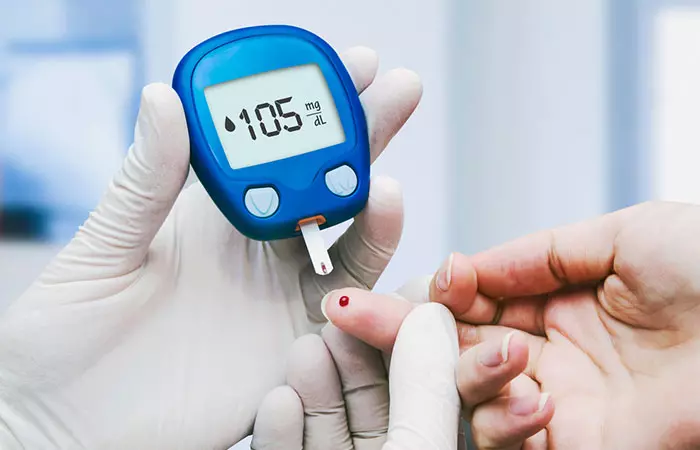
Although evidence is limited, minerals like magnesium have been suggested to help ease the withdrawal symptoms of nicotine (22). The mineral helps relieve bad mood and stress, which are two major risk factors smoking.
Studies also show that dietary carotenoids are linked to reduced cigarette smoking and lung cancer prevention in men (23). However, more data is warranted in this regard.
10. May Support Mental Health
Red bananas contain vitamin B6, which helps convert tryptophan into serotonin, the happy hormone. This may help lower depression and anxiety (24). They are also rich in magnesium, which is known for its ability to improve sleep and reduce symptoms of anxiety (25). Additionally, red bananas are packed with antioxidants that help combat oxidative stress, which has been linked to anxiety (26).
Red bananas could also have certain benefits for skin and hair. Though more research is needed to establish these benefits, anecdotal evidence supports their use. In the following section, we have discussed ways you can use red bananas to improve your skin and hair health.
Key Takeaways
- Red bananas are smaller and richer in vitamin C than yellow bananas.
- They help improve digestion and promote weight loss.
- Red bananas possess antioxidants that promote collagen production and improve your skin health.
- You can add red bananas to your oatmeal, smoothies, ice creams, or desserts.
Benefits Of Red Bananas For Skin And Hair
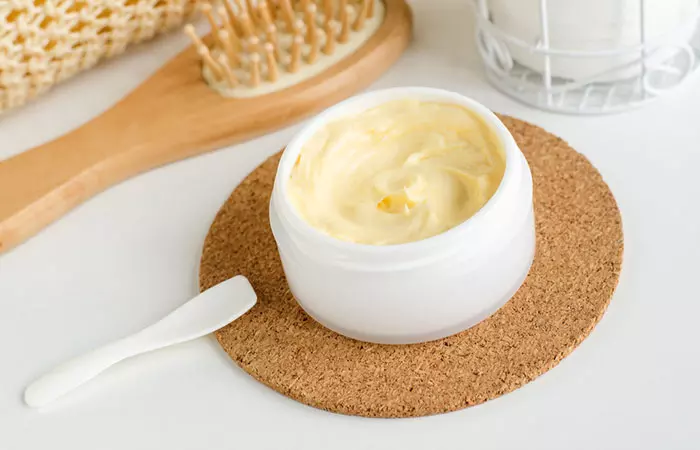
Red bananas contain antioxidants and anti-inflammatory compounds, such as vitamin C and carotenoids. They help stabilize free radicals to prevent oxidative stress that can damage skin cells. This helps slow down aging (27). Vitamin C also stimulates the production of collagen and elastin, which are integral components of skin and hair architecture (28).
The topical application of collagen can improve skin texture and pigmentation (28). Anecdotal evidence suggests that red bananas can also be used to condition hair.
Skin Brightening Mask
You Will Need
- A medium red banana, ripe
- Honey (one tablespoon)
Process
- Mash the banana pulp and add honey to make a smooth paste.
- Apply the mixture evenly to the face. Wash after 20 minutes.
- Repeat once daily.
Hair Conditioning MaskYou Will Need
- A medium red banana, ripe
- Lemon juice (few drops)
- Olive oil (one teaspoon)
- Yogurt (one tablespoon)
Process
- Mix all the ingredients together to form a thick paste.
- Apply to hair, from root to tip.
- Wash after 20 minutes.
- Repeat thrice a week.
Ramya, a blogger, shared her positive experience of using a red banana mask for her and was happy with the results. She wrote, “I have dry hair so this hair pack suited me really well, I have done the treatment more than 4 times from then on and it is a safe hair pack that can be used by everyone (i).”
Though red bananas are similar to yellow bananas in terms of their health benefits and nutritional profile, the former seem to have an edge. In the following section, we will look at the differences between the two.
Red Vs. Yellow Bananas
- Nutrient Profile: Red bananas have more phenolic and beta-carotene content as compared to yellow bananas (6). They also are richer in other nutrients, such as vitamin C. Red bananas also have a lower glycemic index than the yellow ones.
- Size: Red bananas are smaller and plumper than yellow bananas.
- Color: Red bananas have reddish to purple-colored outer peels and creamy pinkish flesh. Yellow bananas have yellow-colored peels with white flesh.
- Taste: Red bananas taste similar to yellow bananas along with a hint of raspberries.
- Texture: In terms of texture, both banana variants are the same. When unripe, they are hard and chalky. As they ripen, they are soft and tender.
How To Eat Red Bananas
Red bananas are best consumed when ripe. You can eat them the way you eat a regular banana, after peeling them. They can also be added to breakfast oatmeal and desserts, such as ice creams, fruit salads, and smoothies. Baked recipes, like banana bread, muffins, and pancakes, taste amazing as well. Red bananas can be consumed as savory snacks after baking or frying them.
Red bananas can be an excellent addition to your diet. But are they an affordable option? Find out in the next section.
Price Of Red Banana
The price of red bananas varies, depending on your location, the time of year, and the store or market you are buying them from. Generally, red bananas may be slightly more expensive than yellow bananas due to their unique flavor and limited availability. Prices can range from a few cents to a dollar or more per banana.
Infographic: 5 Reasons Red Bananas Are Good For Your Health
Red bananas are not only delicious but are also great sources of vitamins and minerals that nourish your body from within. Consuming these delicious fruits may also improve digestion and slow down premature aging. Check out the infographic below to learn about the benefits of including red bananas in your diet.
Some thing wrong with infographic shortcode. please verify shortcode syntaxRed bananas taste similar to regular ones and hold a rich nutritional profile. They are high in fiber and contain antioxidants that help treat many issues. The intake of red bananas may help manage diabetes, lower blood pressure, support eye health, improve immune system function, enhance digestion, and promote weight loss. In addition, they may slow down aging, improve skin texture, and help condition the hair. You can eat them as regular bananas and even add them to desserts or baked recipes.
Frequently Asked Questions
Are red bananas suitable for athletes or active individuals?
Yes, red bananas are suitable for athletes and active individuals, as they are rich in carbohydrates. They can serve as a quick energy source during exercise to fuel your performance (29).
Will red bananas increase weight?
Red bananas help manage weight due to their high fiber content. However, eating them in moderation is key.
When should you eat red bananas?
Red bananas are best eaten when ripe. You can consume them in the morning or evening. In the evening, ensure you have them at least 2 – 3 hours before bedtime given that they may take time to digest.
Can we eat red bananas daily?
Yes, they can be consumed daily, but in moderation. Two to three a day should be sufficient.
Can those with diabetes eat red banana?
Red bananas are rich in nutrients and have a low glycemic index. They also are rich in fiber. Hence, they can help people with diabetes, but should be consumed in moderation.
Can you eat red bananas on an empty stomach?
Yes, you may. There is no data to report the adverse effects of consuming red bananas on an empty stomach.
How do you ripen a red banana?
Red bananas usually ripen at room temperature in a day or two. Keeping them in paper bags can accelerate the process.
Can red bananas cause a cold?
Red bananas are rich in antioxidants and may help in improving immunity. No research exists stating that they can cause cold.
Are red bananas natural?
Yes, they are natural hybrids found in southeast Asia.
Can you eat red bananas during pregnancy?
Red bananas are generally safe to eat during pregnancy. They contain some folic acid and, therefore, could be beneficial. However, consult a doctor before including them in your diet during pregnancy.
Illustration: Red Banana Benefits And How They Are Different From Yellow
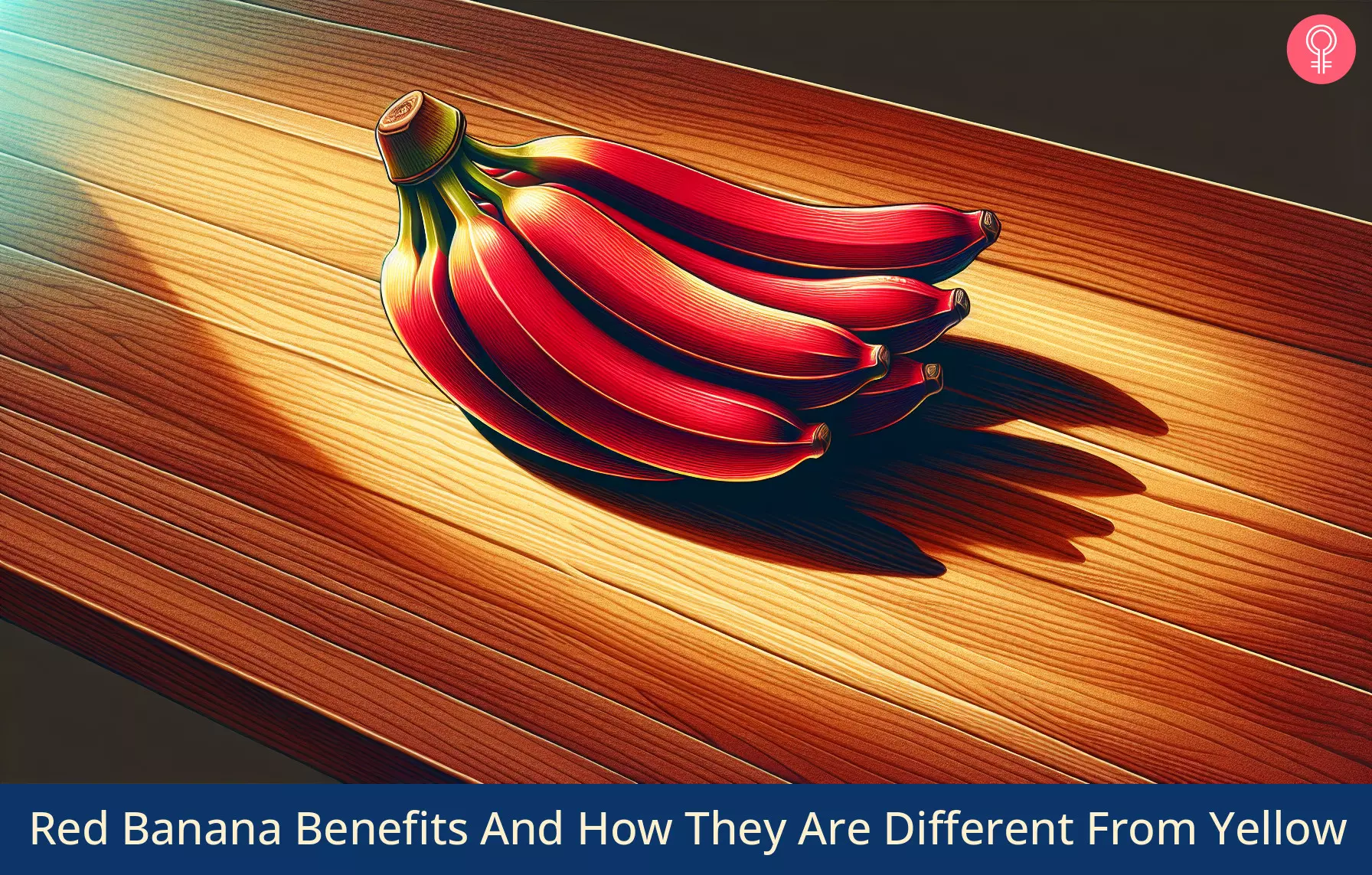
Image: Dall·E/StyleCraze Design Team
Red bananas are packed with essential vitamins and minerals, making them a great choice for a healthy snack. Learn about the other health benefits of red bananas in this informative video.
Personal Experience: Source
StyleCraze's articles are interwoven with authentic personal narratives that provide depth and resonance to our content. Below are the sources of the personal accounts referenced in this article.
i. 6 top health & nutritional benefits of red banana for babies, fertility & pregnancy,https://www.wildturmeric.net/red-banana-health-benefits-nutrition-calories/
References
Articles on StyleCraze are backed by verified information from peer-reviewed and academic research papers, reputed organizations, research institutions, and medical associations to ensure accuracy and relevance. Read our editorial policy to learn more.
- “FoodData Central Search Results.” FoodData Central
https://fdc.nal.usda.gov/fdc-app.html#/food-details/786655/nutrients - “Fruit characteristic and nutrient values of four Indonesian banana cultivars (Musa spp.) at different genomic groups.” AGRIVITA Journal of Agricultural Science 38(3):303-311
https://www.researchgate.net/publication/305801221_Fruit_characteristic_and_nutrient_values_of_four_Indonesian_banana_cultivars_Musa_spp_at_different_genomic_groups - “The role of the glycemic index in the prevention and management of diabetes: A review and discussion.” Canadian Journal of Diabetes 29.1 (2005): 27-38.
https://www.researchgate.net/publication/288370627 - “Antioxidant and antihyperglycemic properties of three banana cultivars (Musa spp.).” Scientifica 2016 (2016).
https://www.hindawi.com/journals/scientifica/2016/8391398/ - “Free radicals, antioxidants and functional foods: Impact on human health.” Pharmacognosy reviews 4.8 (2010): 118.
https://www.ncbi.nlm.nih.gov/pmc/articles/PMC3249911/ - “Compositional variation in β‐carotene content, carbohydrate and antioxidant enzymes in selected banana cultivars.” International journal of food science & technology 43.11 (2008): 1913-1921.
https://onlin elibrary.wiley.com/doi/abs/10.1111/j.1365-2621.2008.01743.x - “Comparative analysis of pigments in red and yellow banana fruit.” Food chemistry 239 (2018): 1009-1018.
https://www.researchgate.net/publication/318358151_Comparative_analysis_of_pigments_in_red_and_yellow_banana_fruit - “Effect of increased potassium intake on cardiovascular risk factors and disease: systematic review and meta-analyses.” Bmj 346 (2013): f1378.
https://pubmed.ncbi.nlm.nih.gov/23558164/ - “Dietary sources of lutein and zeaxanthin carotenoids and their role in eye health.” Nutrients 5.4 (2013): 1169-1185.
https://www.ncbi.nlm.nih.gov/pmc/articles/PMC3705341/ - “Lutein and zeaxanthin intake and the risk of age-related macular degeneration: a systematic review and meta-analysis.” British Journal of Nutrition 107.3 (2012): 350-359.
https://pubmed.ncbi.nlm.nih.gov/21899805/ - “Relative value of carotenoids as precursors of vitamin A.” Proceedings of the Nutrition Society 42.1 (1983): 7-17.
https://pubmed.ncbi.nlm.nih.gov/6340125/ - “β-Carotene is an important vitamin A source for humans.” The Journal of nutrition 140.12 (2010): 2268S-2285S.
https://www.ncbi.nlm.nih.gov/pmc/articles/PMC3139236/ - “Vitamin A and Carotenoids”
https://ods.od.nih.gov/factsheets/VitaminA-HealthProfessional/ - “Vitamin C and immune function.” Nutrients 9.11 (2017): 1211.
https://pubmed.ncbi.nlm.nih.gov/29099763/ - “Vitamin C and infections.” Nutrients 9.4 (2017): 339.
https://pubmed.ncbi.nlm.nih.gov/28353648/ - “Resistant starch: promise for improving human health.” Advances in Nutrition 4.6 (2013): 587-601.
https://www.ncbi.nlm.nih.gov/pmc/articles/PMC3823506/ - “Fiber and prebiotics: mechanisms and health benefits.” Nutrients 5.4 (2013): 1417-1435.
https://www.ncbi.nlm.nih.gov/pmc/articles/PMC3705355/ - “Identification of fructooligosaccharides in different banana cultivars.” Journal of agricultural and food chemistry 56.9 (2008): 3305-3310.
https://pubmed.ncbi.nlm.nih.gov/18393435/ - “Dietary fibre and satiety.” Nutrition Bulletin 32 (2007): 32-42.
https://www.researchgate.net/publication/229893418_Dietary_fibre_and_satiety - “Gut microbiota in cardiovascular health and disease.” Circulation research 120.7 (2017): 1183-1196.
https://www.ncbi.nlm.nih.gov/pmc/articles/PMC5390330/ - “Effects of dietary fiber and its components on metabolic health.” Nutrients 2.12 (2010): 1266-1289.
https://www.ncbi.nlm.nih.gov/pmc/articles/PMC3257631/ - “Magnesium influence on nicotine pharmacodependence and smoking.” Magnesium research 17.3 (2004): 176-181.
https://pubmed.ncbi.nlm.nih.gov/15724865/ - “Dietary β-carotene, cigarette smoking, and lung cancer in men.” Cancer Causes & Control 3.3 (1992): 207-214.
https://link.springer.com/article/10.1007/BF00124253 - “Bitamin B6 in health and disease.” Nutrients. 2025 Sep 17;13(9):3229.
https://pmc.ncbi.nlm.nih.gov/articles/PMC8467949/ - “Examining the effects of supplemental magnesium on self-reported anxiety and sleep quality: A systematic review.” Cureus. 2025 Apr 29;16(4):e59317.
https://pmc.ncbi.nlm.nih.gov/articles/PMC11136869/ - “Severity of anxiety– but not depression– is associated with oxidative stress in major depressive disorder.” J Affect Disord. Author manuscript; available in PMC: 2018 Sep 1.
https://pmc.ncbi.nlm.nih.gov/articles/PMC5550320/ - “Discovering the link between nutrition and skin aging.” Dermato-endocrinology 4.3 (2012): 298-307.
https://www.ncbi.nlm.nih.gov/pmc/articles/PMC3583891/ - “The roles of vitamin c in skin health”
https://www.ncbi.nlm.nih.gov/pmc/articles/PMC5579659/ - “Role of carbohydrate in exercise.” Clin Sports Med . 1984 Jul.
https://pubmed.ncbi.nlm.nih.gov/6571232/
Read full bio of Janelle Bigelman
Read full bio of Ravi Teja Tadimalla
Read full bio of Arshiya Syeda
Read full bio of Sindhu Koganti






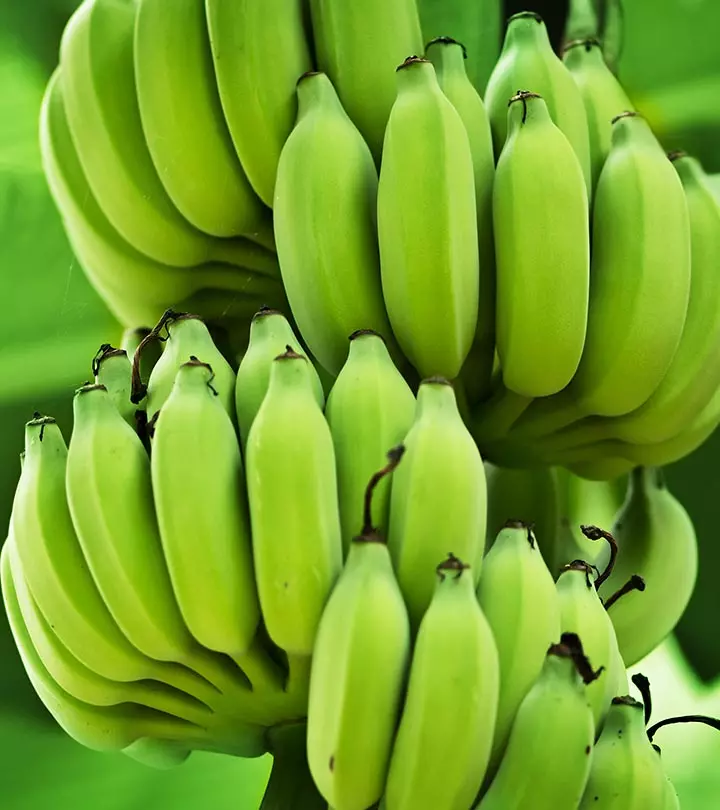

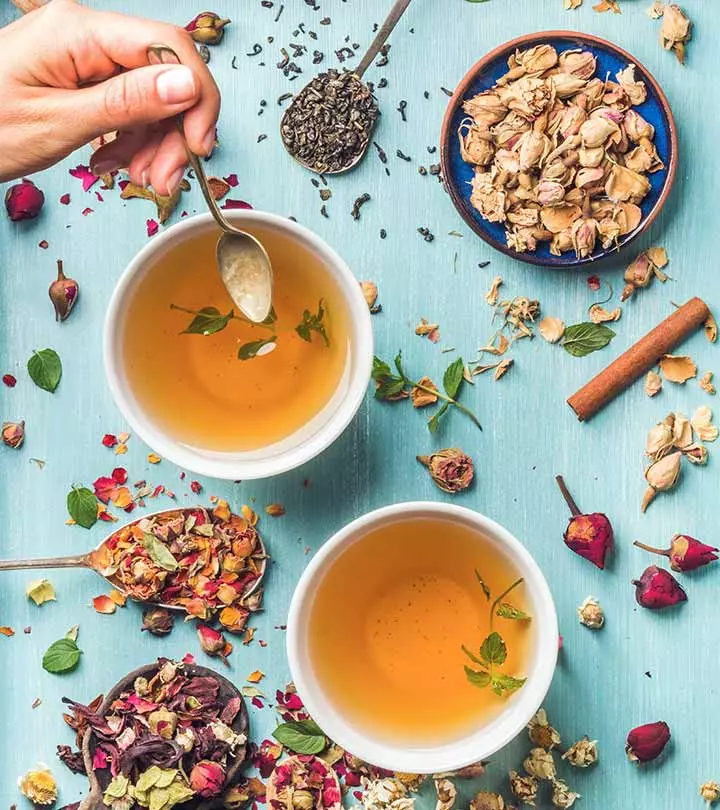
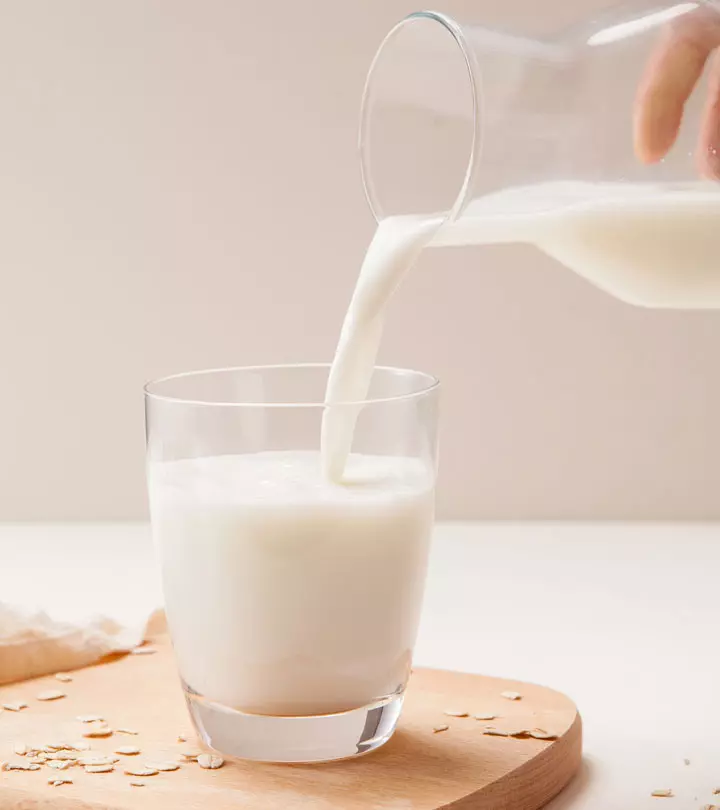
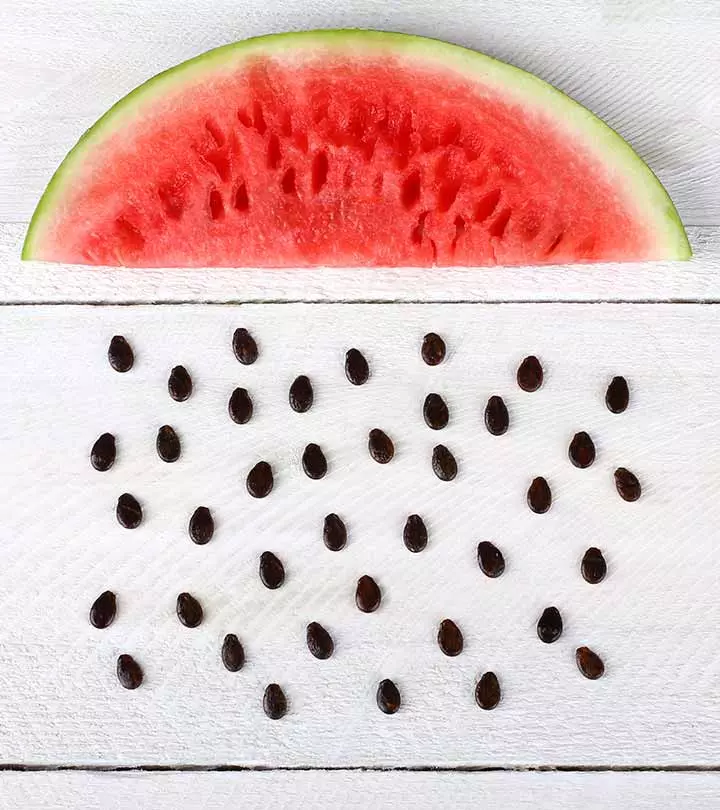
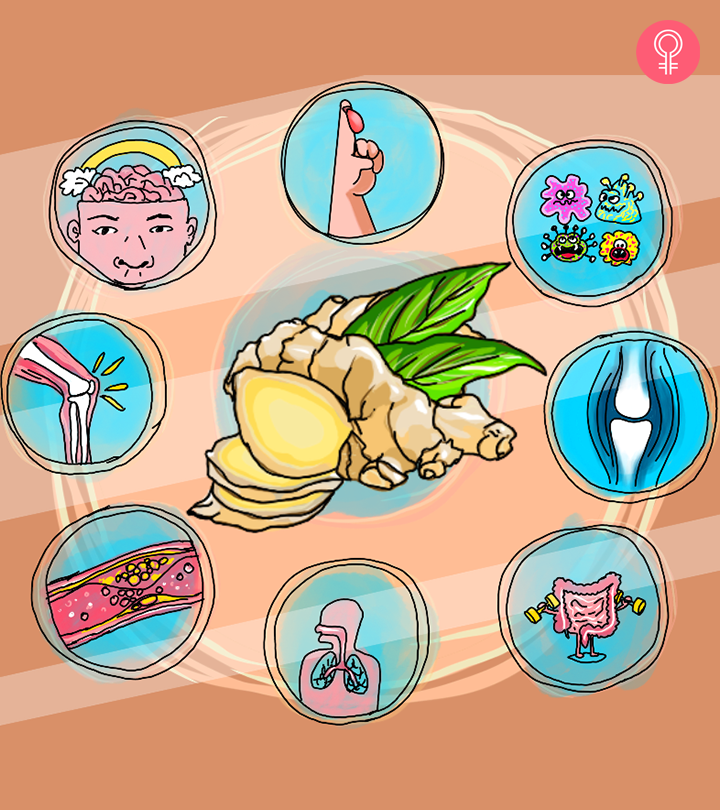
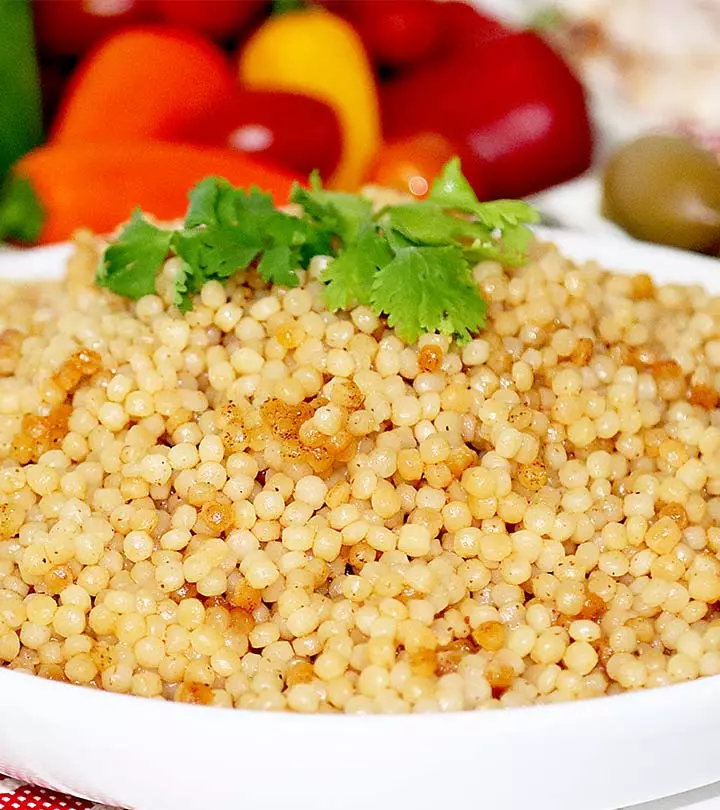
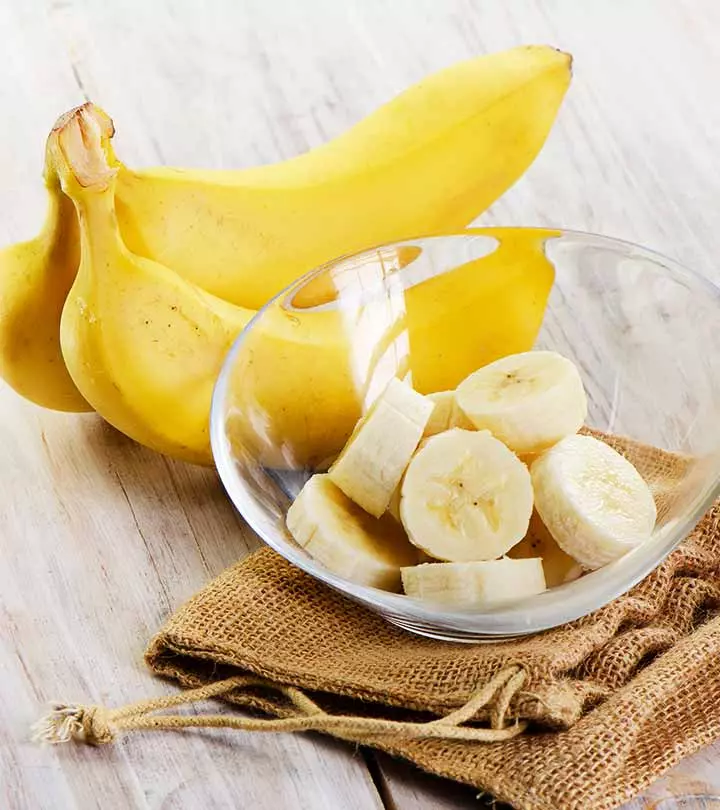
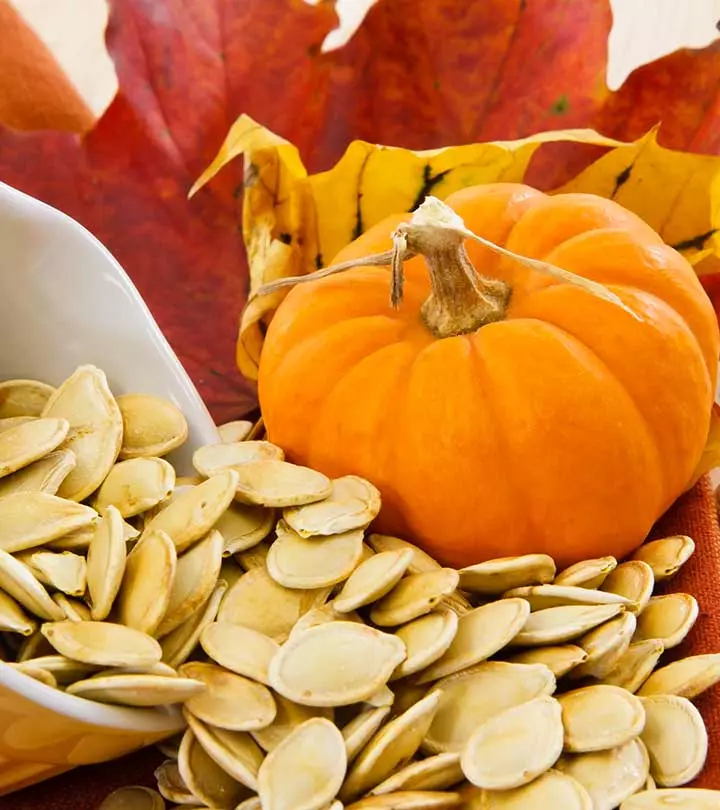
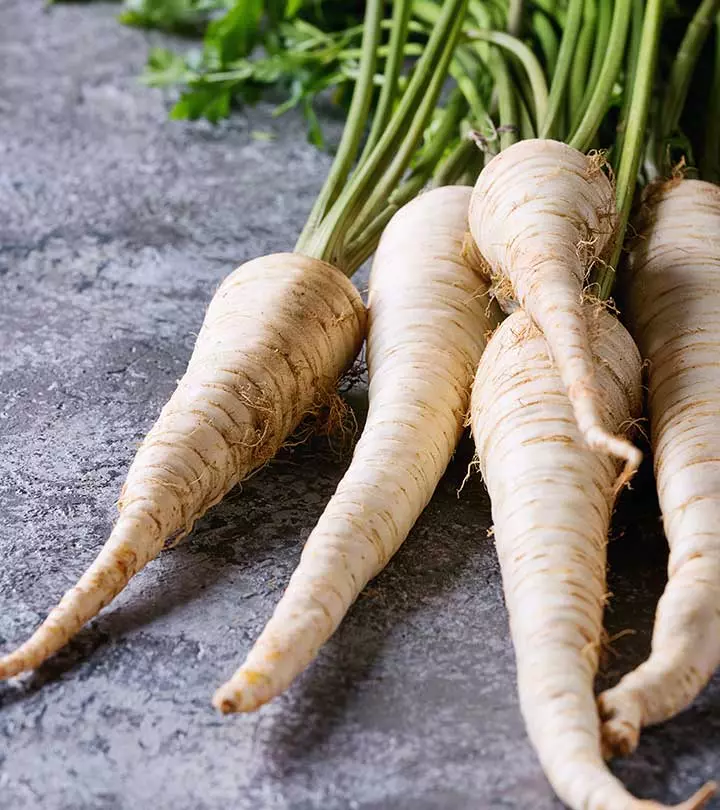
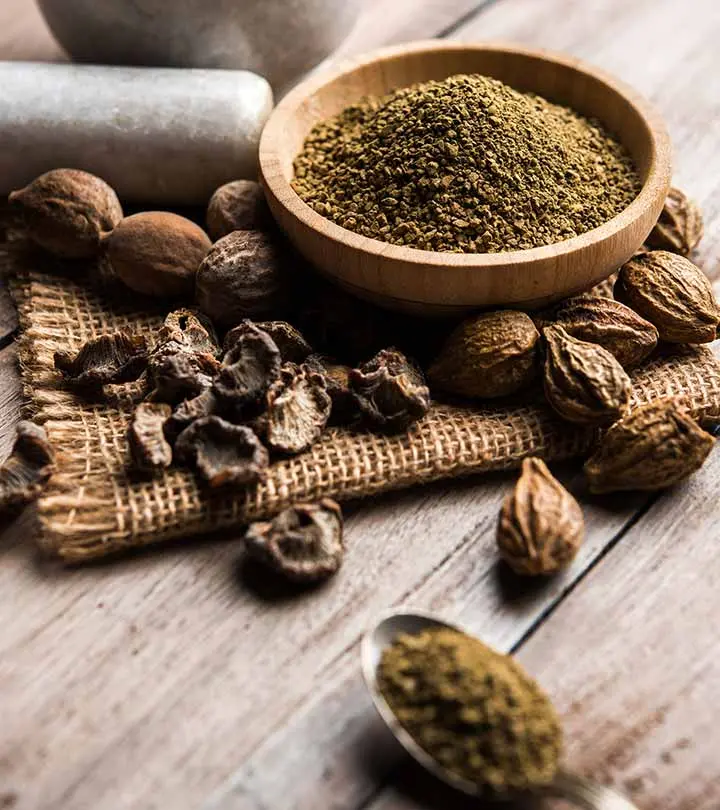
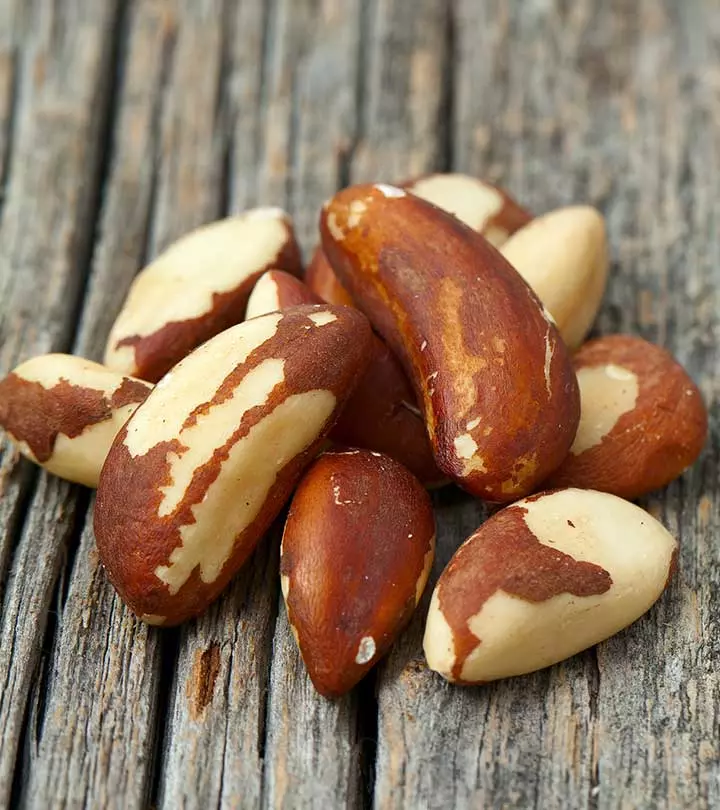

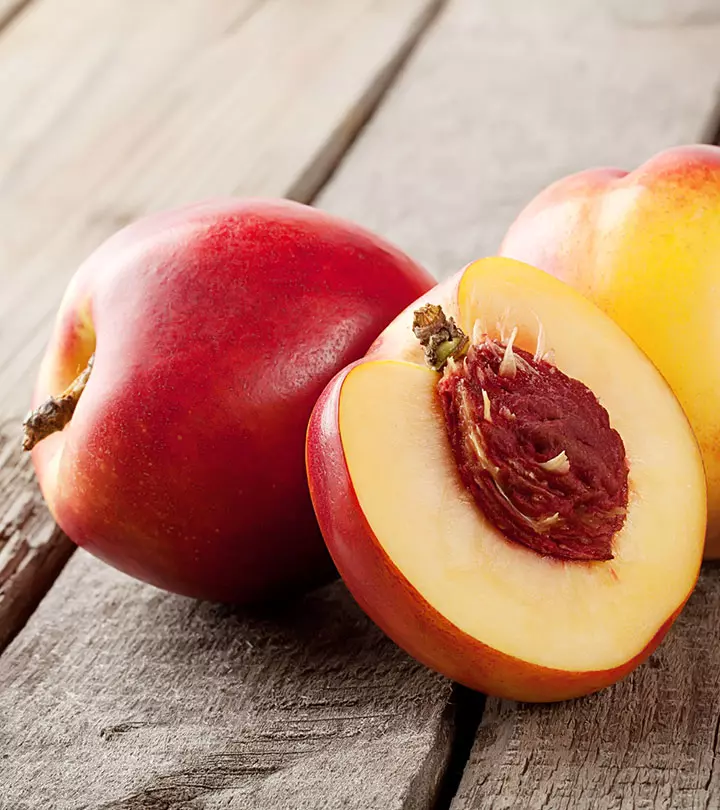
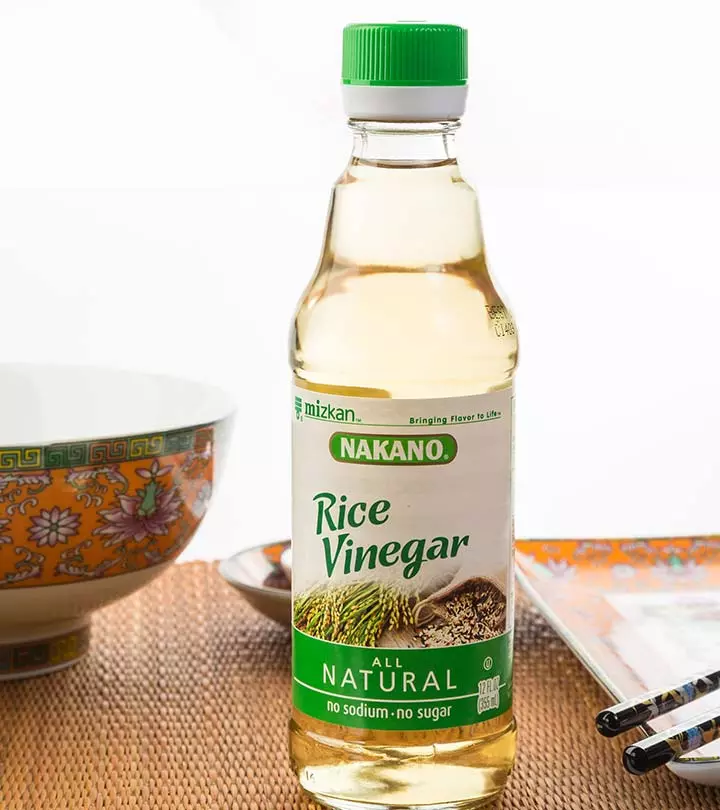
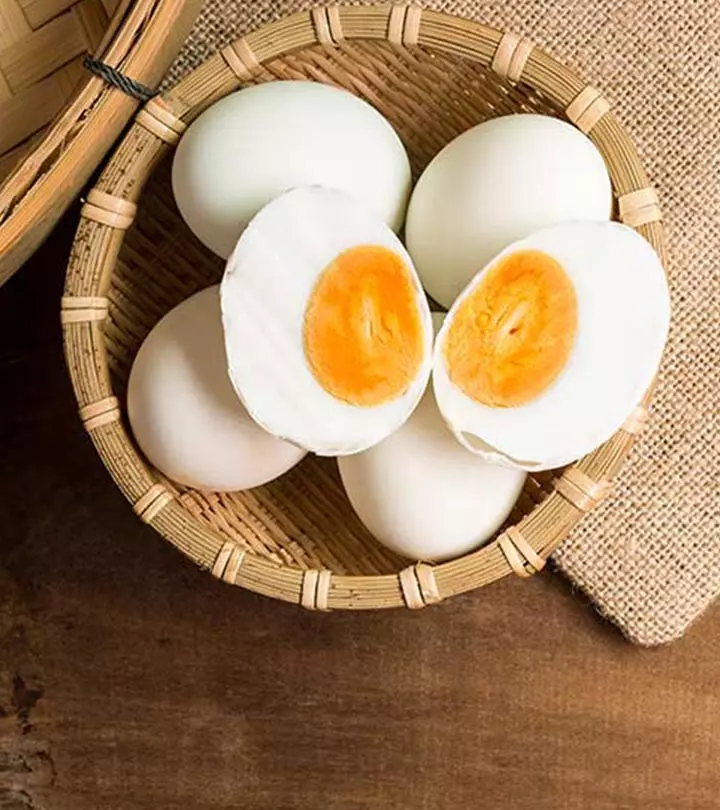
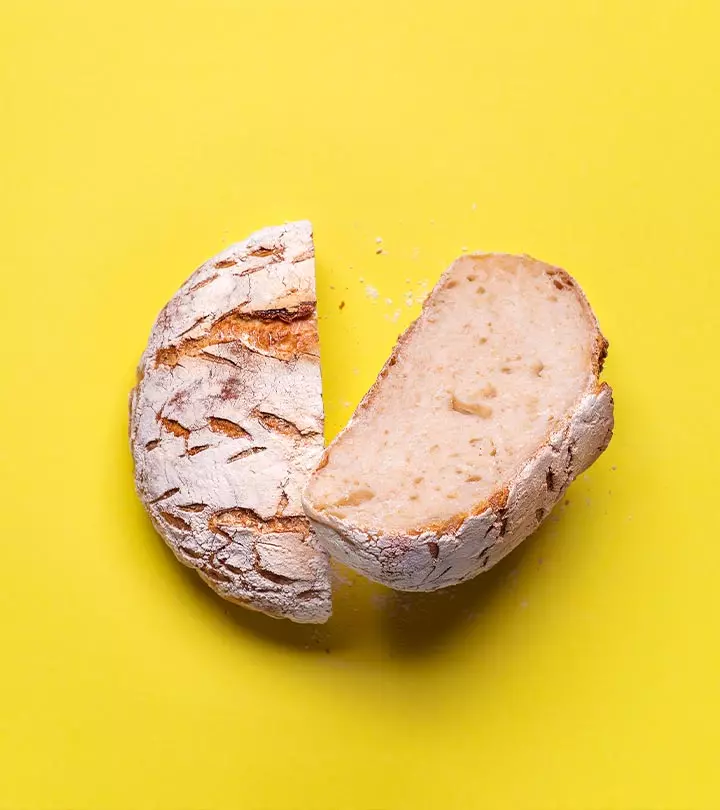
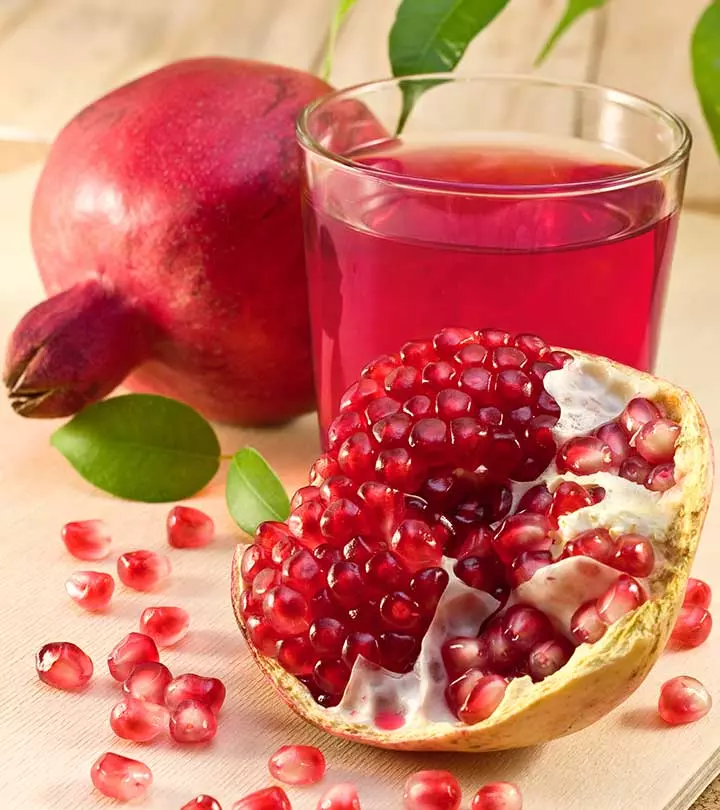
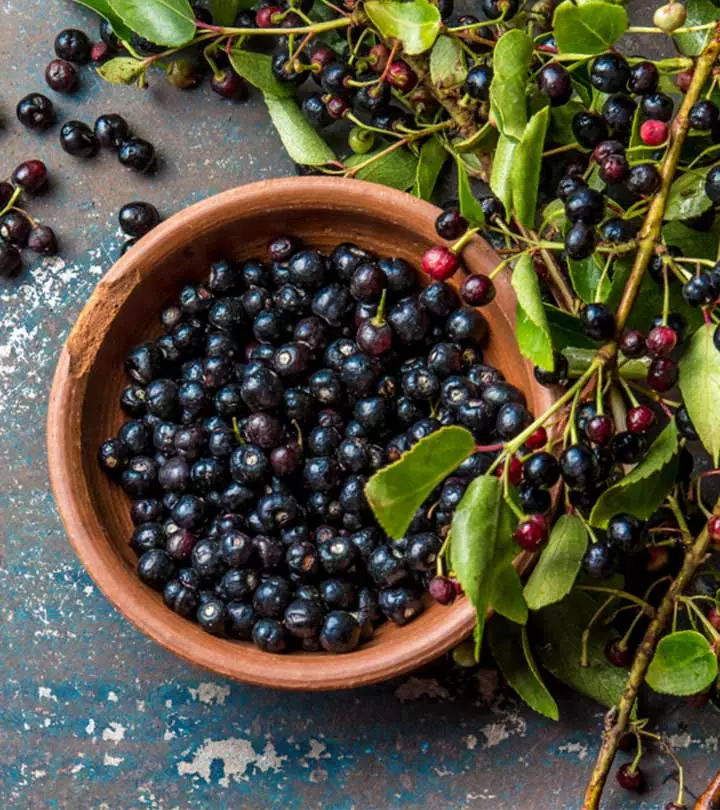
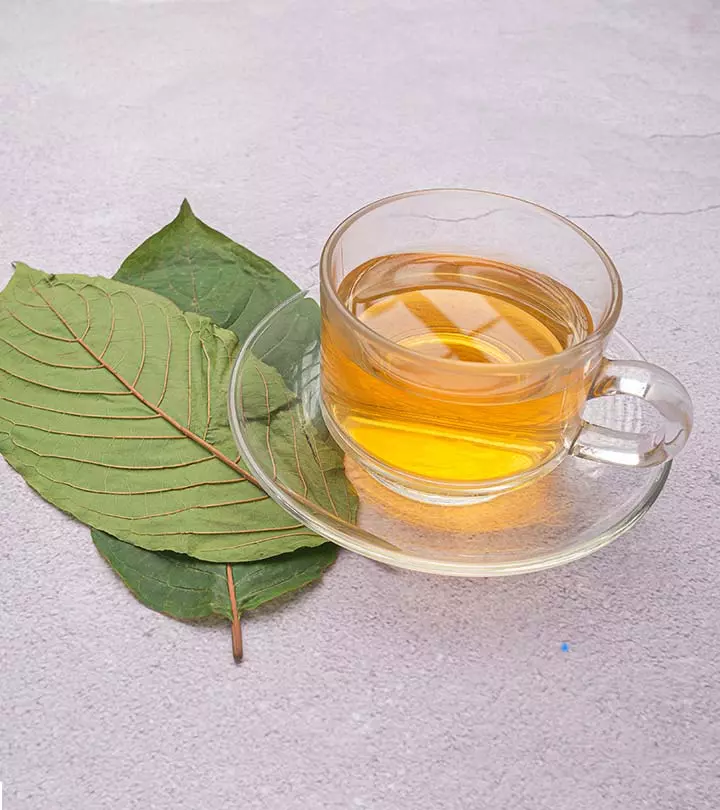
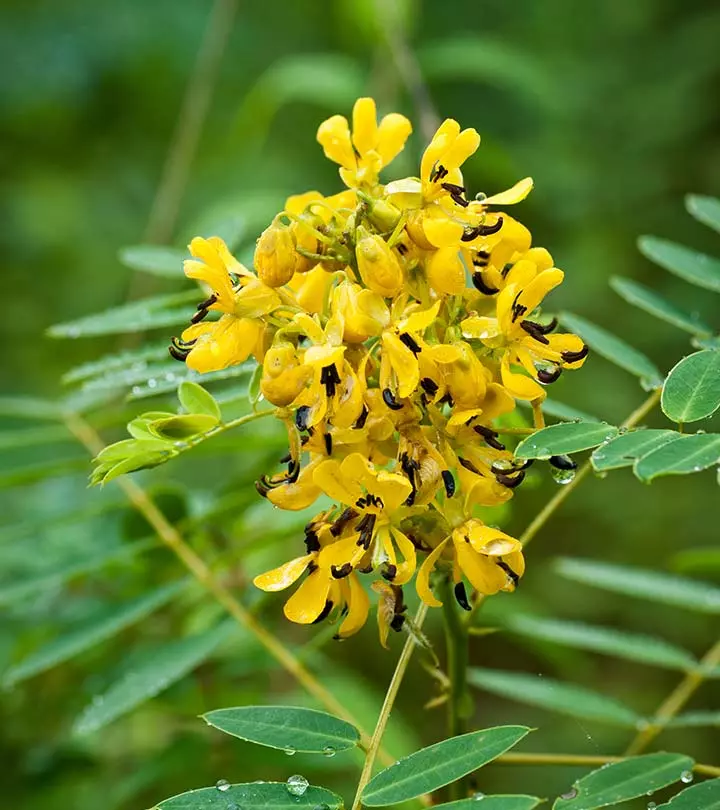
Community Experiences
Join the conversation and become a part of our empowering community! Share your stories, experiences, and insights to connect with other beauty, lifestyle, and health enthusiasts.